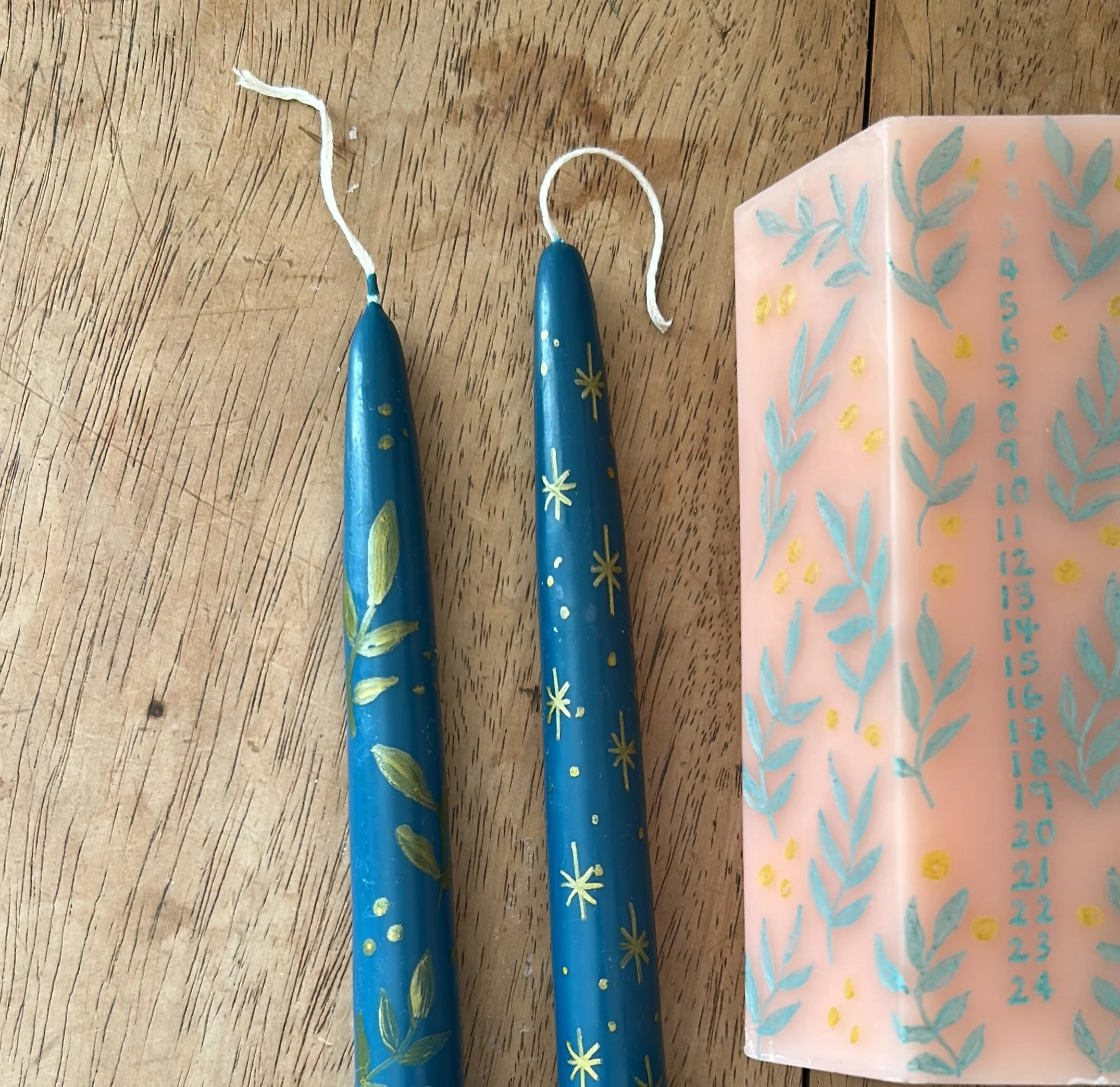 Sharon O’Connell meets Green & Black’s co-founder and biochar champion Craig Sams.
Sharon O’Connell meets Green & Black’s co-founder and biochar champion Craig Sams.
Unlikely as it may seem, sweet-toothed foodies with a fondness for Green & Black’s organic chocolate have the US Navy’s inefficiency to thank for their fix. When company co-founder and Nebraska native Craig Sams was in his late teens, his life path seemed set. Kenneth Sams was a military man, so his son would serve two years in the Peace Corps and then – capitalising on the year he’d already spent in the US Navy Reserve while at the University of Pennsylvania – would become a pilot.
Fate, however, had a different plan. When he first went to Pensacola, Florida for training, the young Craig was unimpressed. “In the barracks where we were staying the heating had failed,” he remembers. “The aircraft carrier we were on had the wrong kind of oil in the training planes, so we couldn’t fly them and the plane we were flying back to Philadelphia in turned around and landed at Pensacola Air Station because the wing was falling off. I kind of wondered, ‘Do I want to be a pilot in an organisation like this?’”
The answer was clearly no. Instead, Craig stayed in Philly, where he completed his economics degree and became increasingly involved with the city’s nascent macrobiotic scene. His conversion was the result of the dysentery and hepatitis he contracted while travelling through India and Asia on his gap year in 1965. He cured the former by a simple diet of unleavened, whole wheat bread and unsweetened tea, but the hepatitis left him with frequent, terrible sugar cravings, which he satisfied with junk foods on his return home.
“I had macrobiotic friends,” Craig explains, “and one day they marched round to my house, gave me brown rice, sesame seeds, some carrots and a bottle of tamari and confiscated my syrup and my Aunt Jemima’s Pancake Mix. They said, ‘Just do it for two weeks, Craig.’ I did, and within two weeks I felt like a dead man who had been resurrected.” Craig has followed a macrobiotic diet (“happily, not strictly”) ever since.
It’s part of an alternative lifestyle choice that’s returned more than just health benefits for the upright and energetic 69-year-old, whose exercise regime includes Pilates, Prop Cycle workouts, gardening and daily walks in Hastings, where he lives with his wife (and Green & Black’s co-founder) Josephine Fairley, in a three-storey Georgian house. It’s also made him an extremely successful businessman, who sold his chocolate company to Cadbury in 2005 for a rumoured £20 million. “Supposedly,” Craig says wryly, “but nobody mentions the shareholders.”
A green journey
We’re talking over tea in his office on the third floor, which overlooks a large, brick-walled garden that features a bountiful kitchen plot and herb bed, plus an apple tree and an old mulberry stand that he says could well have originated from a tree in Shakespeare’s Stratford-On-Avon garden. Craig talks with deliberation – doubtless the result of his public speaking experience – and wanders enthusiastically off-piste. Our conversation breezes through his appreciation of both Wagner and the blues, Detroit’s move from manufacturing exclusively “pretty” cars in the 1950s to “jalopies and hotrods” in the 1960s, the conquistador Pizarro’s Amazonian exploits and the fact that it’s almost impossible to get a decent cup of tea in France.
Craig’s green journey stretches from the Whole Earth Foods company he founded in 1967 with his younger brother, Gregory, a year after moving to London and Seed, the Paddington restaurant he opened in 1968 (“we had a lot of fun, and it rocked,” Craig says of the place patronised by John Lennon and Yoko Ono, Terence Stamp and members of the Stones), to Green & Black’s success and his latest enterprise, biochar manufacturing company Carbon Gold. Biochar is a soil-enriching alternative to peat and has enormous potential to cut carbon emissions and thus help reduce the effects of climate change. It’s made by burning organic waste without oxygen (a process called pyrolysis, which avoids the production of carbon dioxide) and locks carbon in the resultant charcoal-like lumps.
Craig agrees that climate change is the biggest threat faced by humankind – and that time is running out. So what of his own carbon footprint, which includes an annual trip to Dubai, where he stays in a luxury resort? “I don’t eat meat,” he reasons, “so that knocks tons off my carbon footprint. I eat predominantly organic food – at home, always – and I have a car that I drive 2,000 miles a year. At that rate, it will last me the rest of my life.
“I don’t spend much on clothes, I download MP3s, so I’m not buying plastic and through the Carbon Gold business, I’m putting biochar in the ground. That more than offsets my own footprint, and it probably also offsets the footprints of the other seven people in the business.”
Cocoa and carbon gold
Given the critical state of our endangered planet, it might seem that “think global, act local” is no longer a sensible directive, that dutifully digging charred organic waste into our allotments and gardens is nothing more than a drop in the (polluted and over‑fished) ocean. Craig disagrees. He’d like Carbon Gold to play a significant part in global carbon sequestration, but he believes that direct action at local level is key to environmental rescue, and cites the big move to plantation cacao farming in the 1980s to make his point.
“It failed, really badly,” he says. “Now, chocolate manufacturers are all pushing smallholding cacao, because they’ve realised that it’s far better to have a cocoa supply chain that relies on, say, one million farmers, each of whom has five hectares of land, than to have massive, state-of-the-art plantations where disease can wipe them all out. It’s about resilience, and resilience doesn’t happen on that sort of scale.”
Craig also supports local-level initiative GIY (Grow It Yourself), an emerging global network of community food growers whose members share skills and provide mutual encouragement for those wanting to produce their own food. Carbon Gold sponsored this year’s inaugural UK gathering, at which Craig gave a talk on “the slippage of power away from big to small. Big, out-of-town supermarkets aren’t working so well any more,” he reckons, “and smaller versions are steadily moving back into the town centres they eviscerated 20 years ago. People are realising that going shopping once a week and buying food you’re going to throw away isn’t a very intelligent way to waste your money. If you’re going to do that,” he laughs, “then spend it on drugs or booze or holidays, not on pizza and lettuces!”
Broach the subject of biotech crops with Craig and his blood pressure clearly rises a degree or two. Of the recent statement by Owen Paterson, UK Secretary of State for Environment, Food and Rural Affairs, that Britain has a moral obligation to help developing countries adopt GM technology, because it could solve the problems of starvation and agricultural poverty, he says: “His is attitude is condescending. The idea that Africans are too stupid to know what’s good for them, when they’ve been farming for thousands of years, and without subsidies.”
Going with the flow
So, if Craig had the chance to make a single recommendation to the UK government, with the guarantee that it would be made law, what might that be? After some deliberation, he decides, “My one request to all world governments, including the British, would be that they stop subsiding farmers completely. It’s immoral to take money from people who don’t even have a garden and give it to people who have 2,000 acres in Gloucestershire that they can pass onto their children, inheritance tax‑free. The big guys get vast amounts of money for being rich, and that’s wrong. They could spend the money on something useful – like educating kids about nutrition.”
Looking back on the past 45-odd years, is there anything he would have done differently? “I very rarely have regrets. ‘Going with the flow’ I suppose describes how I do things.” How about selling Green & Black’s to a confectionery giant like Cadbury? The move drew plenty of criticism at the time. “We still love the brand, and the brand still loves us,” Craig says, evenly. “I have a very close relationship with the team running it, in that I meet with the business leader once a month and they keep me updated on new product developments and the like. I’m about to sign a new contract, which will make me brand ambassador for Green & Black’s.”
“Changing the world, one bar at a time” was his former company’s slogan. Craig’s measurement unit may now be a block of biochar, rather than organic chocolate, but green evolution is still very much his business.
Craig’s list
From prospective pilot to outspoken organic pioneer: the Sams CV
1944 – Born in Nebraska, USA.
1966 – Moved to London.
1967 – Co-founded Whole Earth Foods, with his brother Gregory.
1968 – Opened macrobiotic restaurant, Seed, in west London.
1991 – Launched Green & Black’s organic chocolate, with his wife Josephine Fairley.
2001-2007 – Chairman of Soil Association.
2007 – Founded Carbon Gold
2007-09 – Chairman of Soil Association Certification Ltd.
Currently – Director of Soil Association Certification Ltd.
Interview and archive photographs from Craig's fascinating CV in issue 13 of The Simple Things magazine.








































